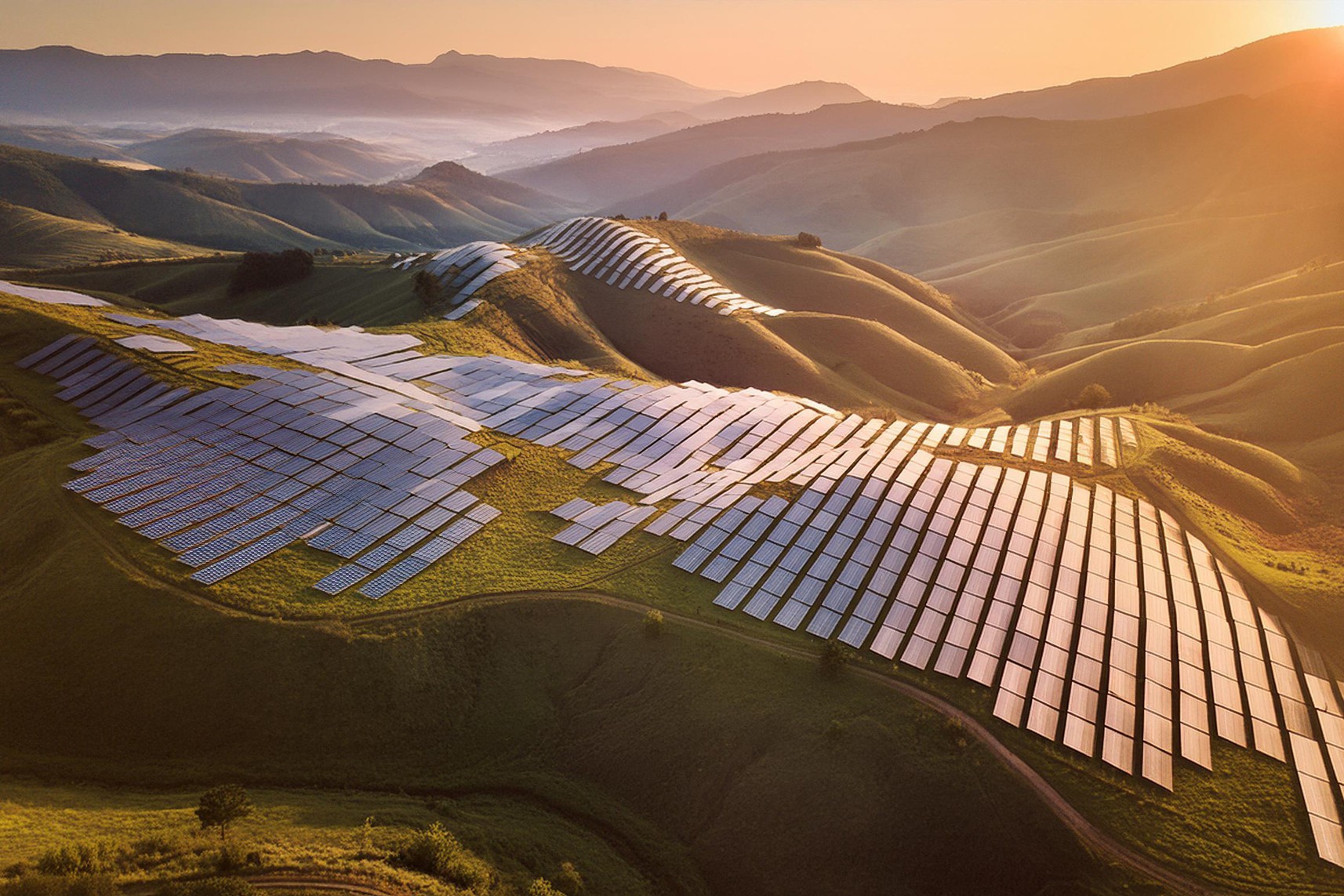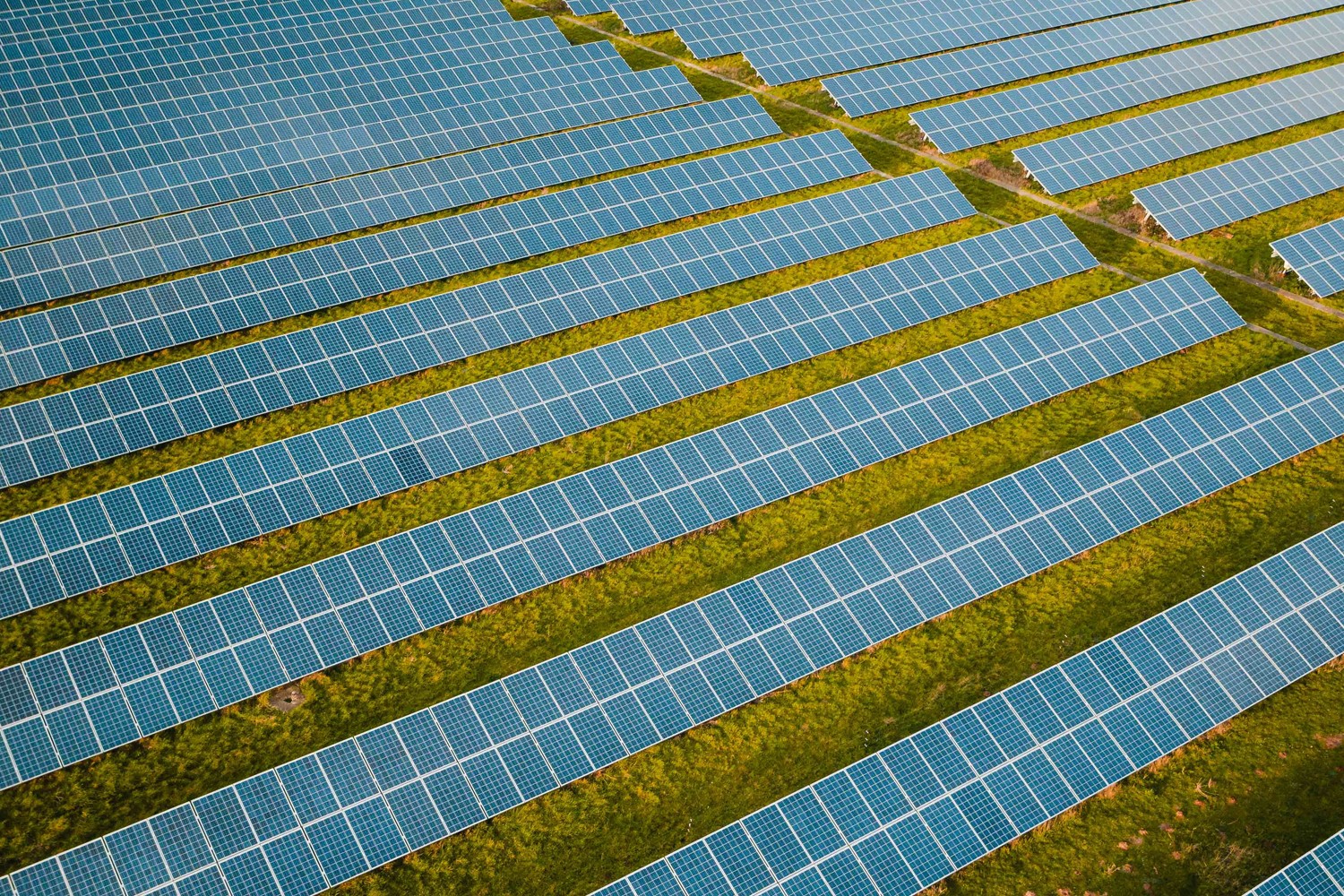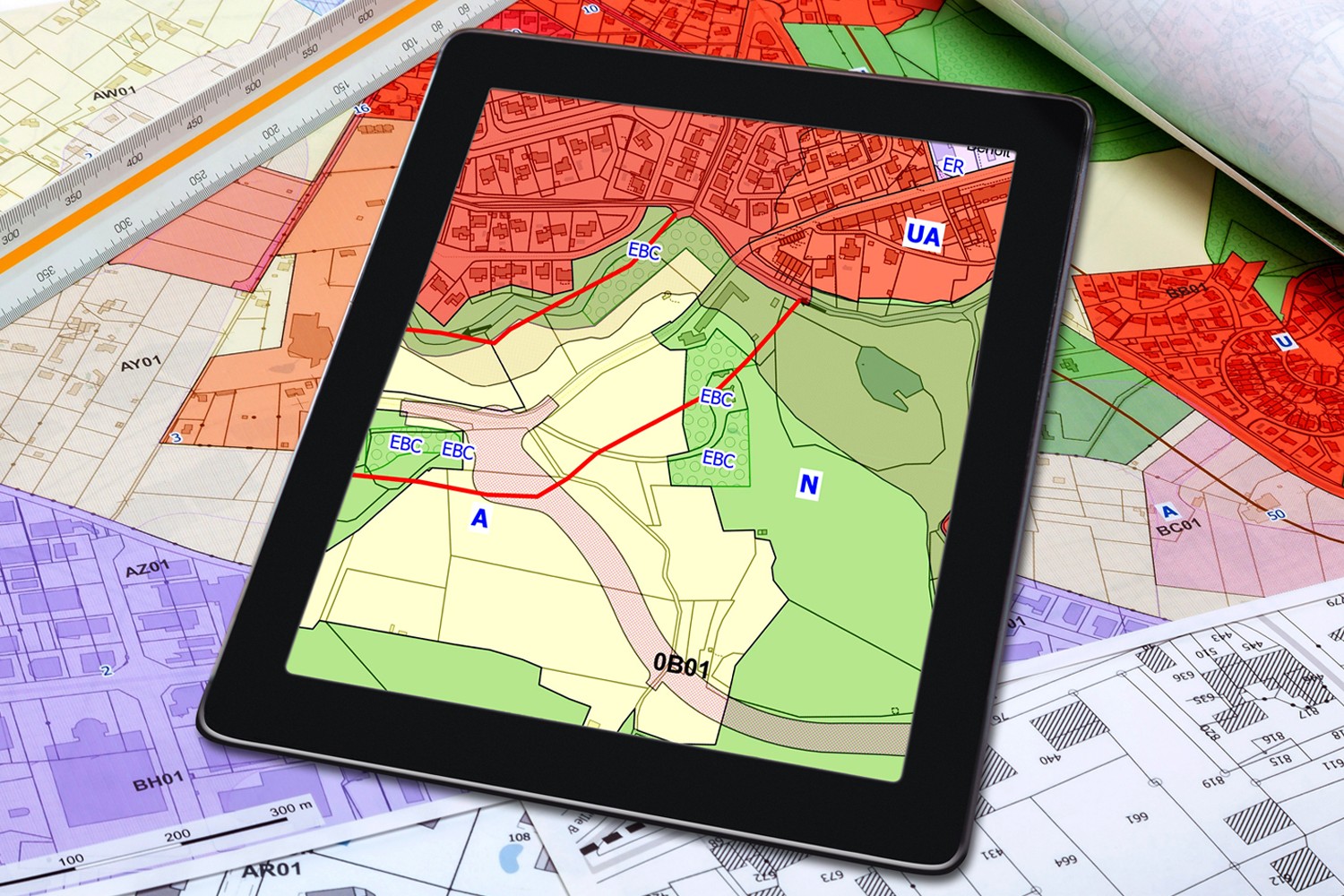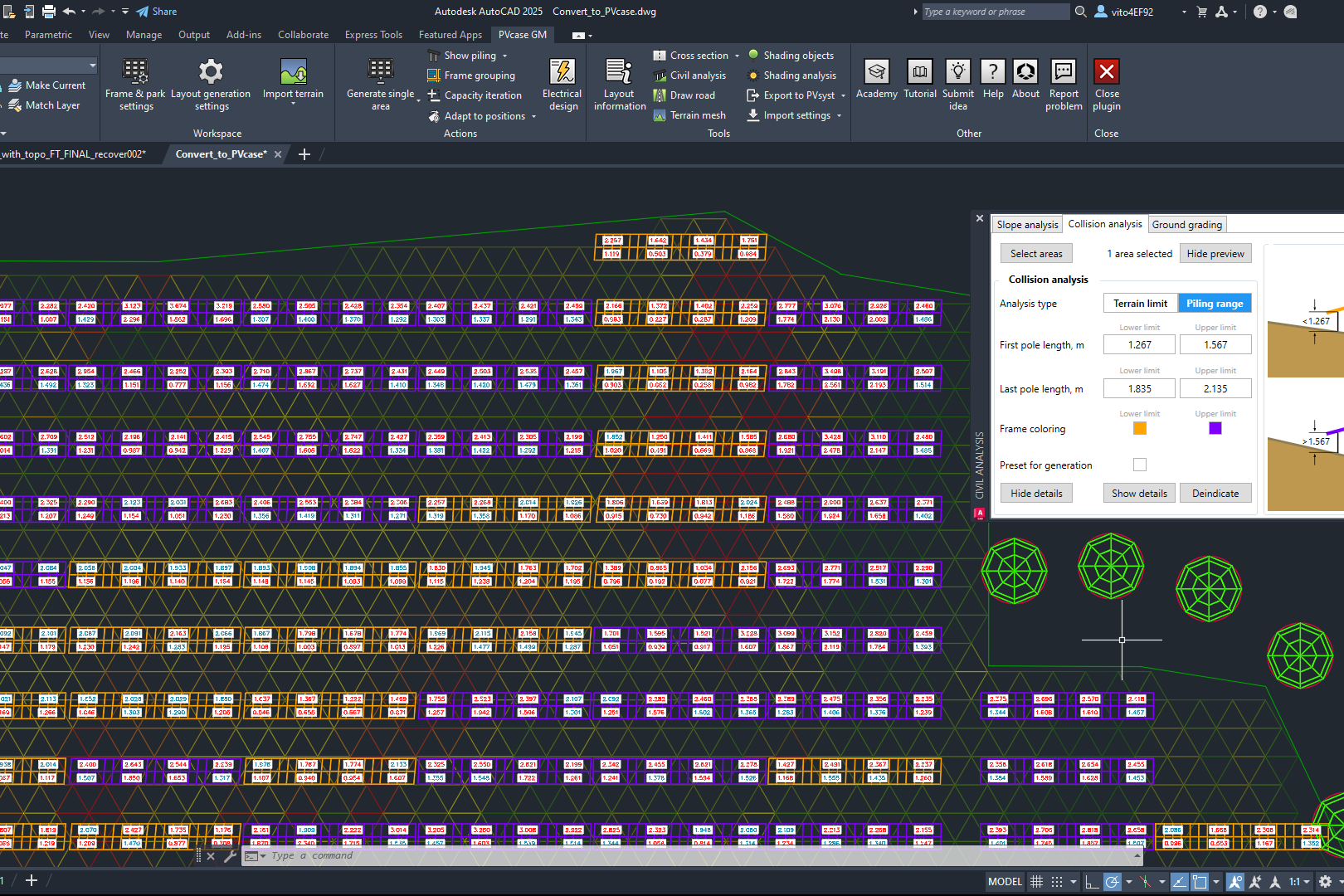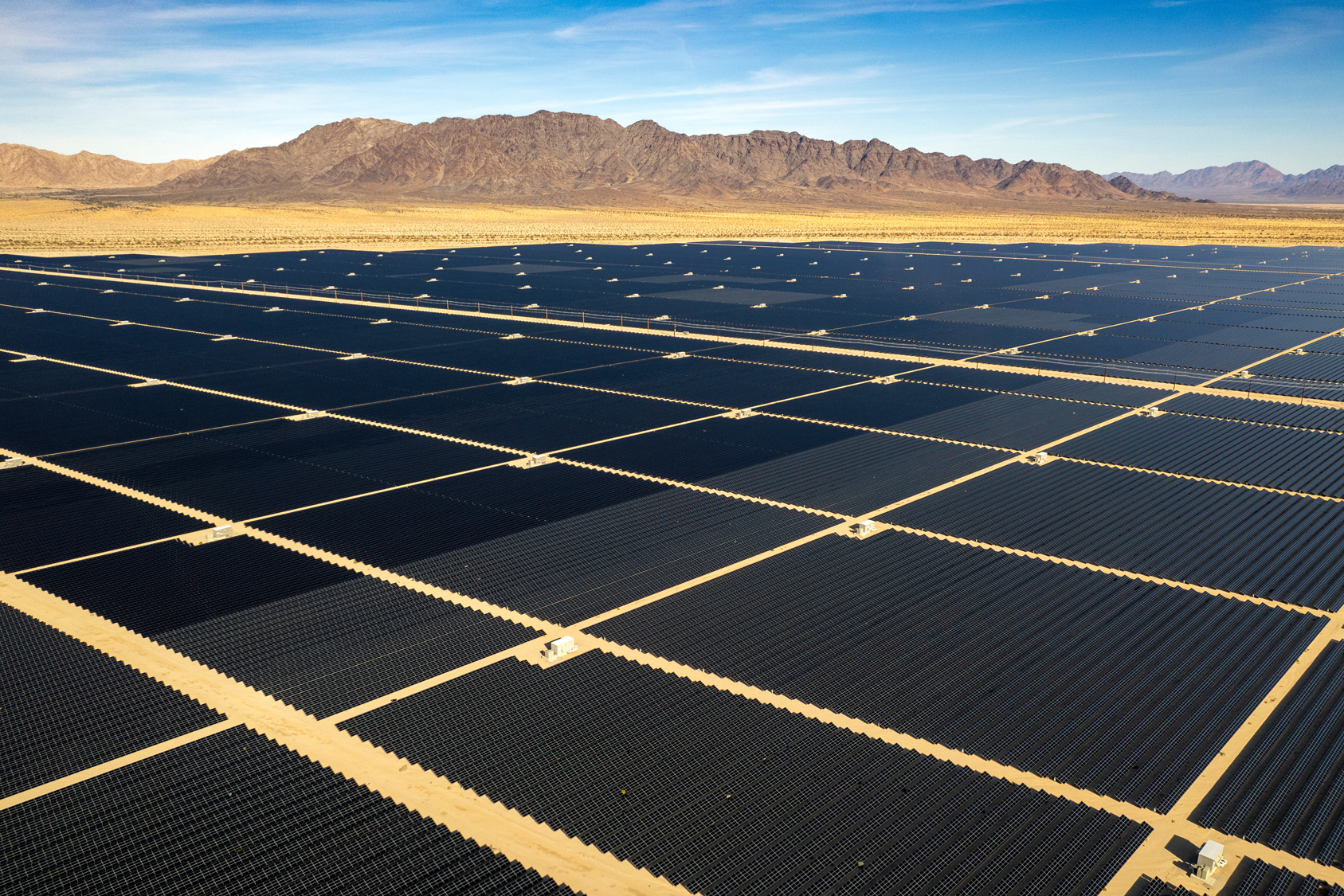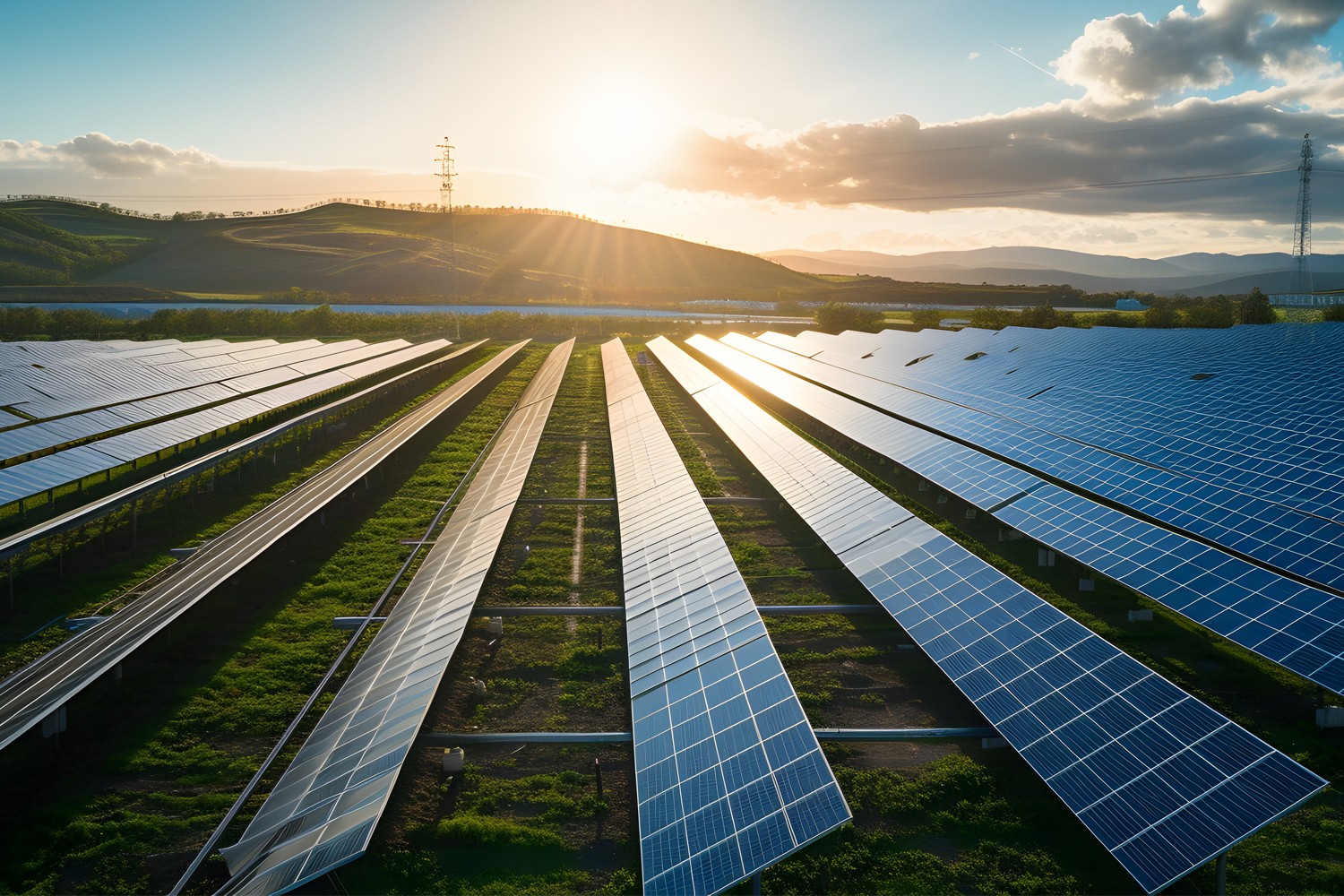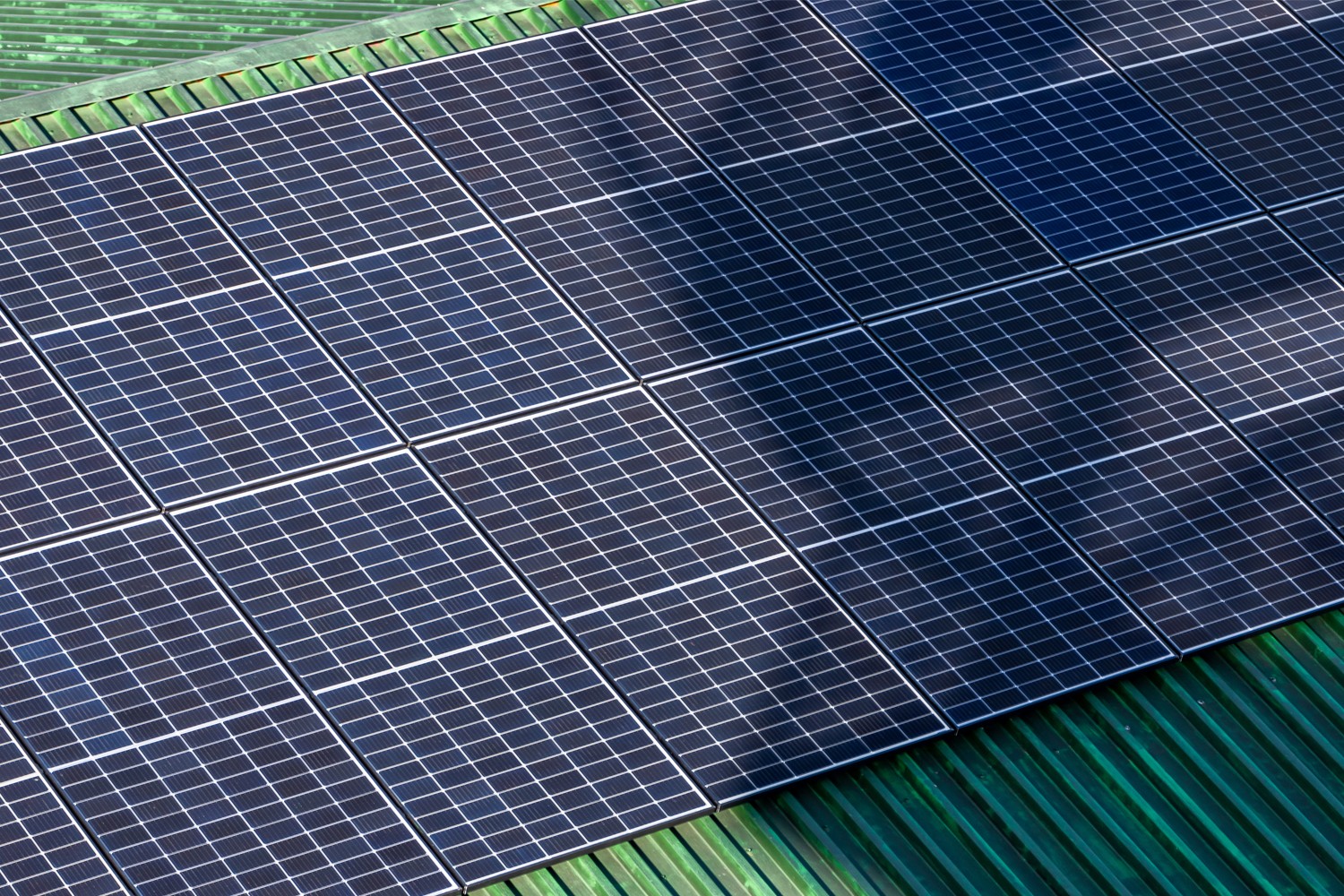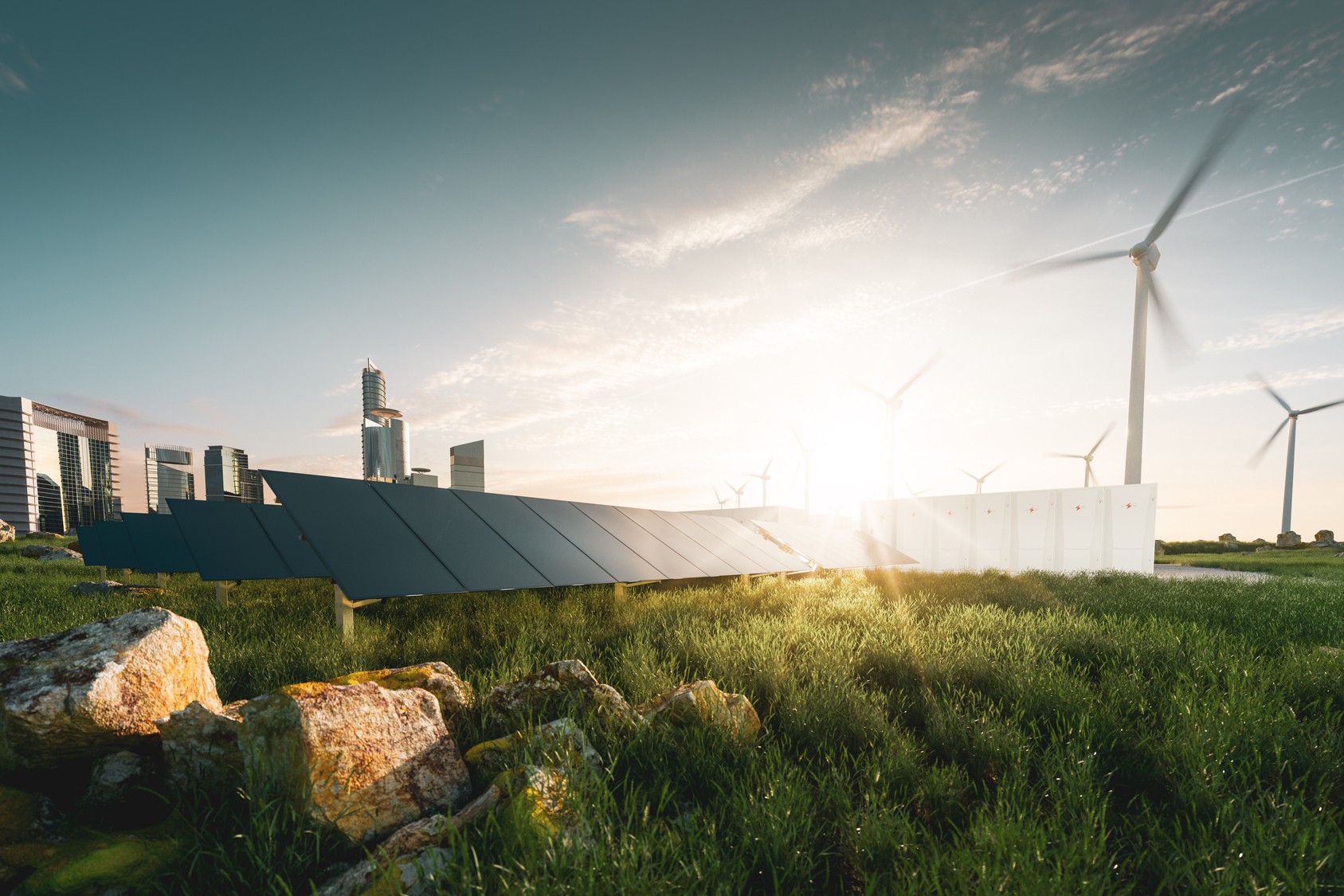In the same way that you might use a plot of land to grow corn or wheat, you can use space to grow energy from the sun. Solar panels are usually mounted on the ground across a vast field to harvest the sun’s rays.
There are many reasons to consider starting a solar farm. You can use it to power a community or a large campus used by a business or university. You can also develop a solar farm as a business opportunity or a form of investment. Learn more about the process of starting a solar farm and the potential benefits of doing so.
How profitable is a solar farm?
Several factors can impact the profitability of your solar farm investment. The size of your land will determine the number of panels you can install and your geographic location will impact how well you’re able to harvest energy from the sun, based on the intensity of the rays in that spot. A solar farm on a flat parcel in southern Texas will likely generate more energy than a similar parcel in North Dakota, for example, because Texas is closer to the equator and receives the sun’s rays more directly. Additional factors include the location of the nearest substation and the company that you sell power to — different utility firms will have varying rates.
However, experts estimate that solar farm owners can earn between $21,250- $42,500 per acre annually. This means your farm could become profitable quickly depending on how much you need to invest upfront.
Assessing the potential of your solar farm project
Because there are so many moving pieces to starting a solar farm, you need to evaluate the viability of this project with your specific limitations and opportunities before you move forward. This can allow you to understand your potential income and any risks that come with it. Here are a few factors to consider.
Selecting the right location
Location plays a major role in the viability of your solar farm. Try to scout out land that is close to substations and other infrastructure on the grid that you can send energy to. You also want enough space to install your panels and sunny acreage to maximize exposure to the sun’s rays.
You also need to take terrain into account. Solar farms are often found in flatter areas with compact soil. If you have ground-mounted panels, the soil quality will play a major role in your purchasing decisions.
Obtaining permits and approvals
Your solar farm is a business, which means you will need to secure permits with your local government to operate on the land. You will need business documentation and might need specific permitting to install solar panels across the area.
Depending on your local government, you might have to complete environmental evaluations to determine the impact of the panels on native flora and fauna. Local residents also might be able to comment publicly on your plans.
You will also need to establish a relationship with the local utility company. You can reach an agreement on how to sell them solar and the specific rate you will receive.
Designing the solar farm layout
Because this solar farm is your business, you need to take steps to design your panels in a way that maximizes profitability. This isn’t as simple as adding roof-mounted units to your home. Most solar farms use ground-mounted panels that are installed into the local terrain. These are easier to repair and maintain than other models.
Work with an engineer to arrange your panels efficiently. You might take into account where the sun travels throughout the day and if its location is impacted by seasonal adjustments of the Earth’s rotation. Your engineer can also help optimize solar cabling to prevent energy loss.
Sourcing solar equipment and components
Once you have an ideal layout, you can move forward with equipment sourcing. You want high-quality materials that are reliable, easy to repair, and will last. As you develop your business plan, make sure you set aside a budget for the repair and replacement costs of your panels.
Your solar farm will need panels, batteries, inverters, and other materials to prepare the ground and anchor your units to the terrain. Research your options, including how to choose the best possible batteries within your budget.

Financing your solar farm
This part is a key aspect of any business you develop, not just your solar farm. Make sure you have a clear picture of your costs, including the purchase of your land and taxes, the equipment needed, and monthly operating costs. It will take some time to get your farm running and you need funds to cover this establishment period.
There are multiple ways to fund this project if you don’t currently have the money on hand. You can look into private loans from the bank or investors who believe in the project. You can also look into clean energy grants and potential government programs. There is a growing drive to invest in renewable energy so you might be able to find creative funding opportunities near you.
Hiring and managing a skilled team
Another expense to budget for is your staff. You will need to cover the costs of the installation of the panels as well as the long-term expenses to maintain them. Depending on the size of your farm, you might have an entire team of engineers to support you.
Another labor expense to keep in mind is land management. You need to make sure the acreage doesn’t become overgrown or nearby trees don’t threaten to block or damage your panels.
Connecting to the grid and selling power
Once your farm is operational, you can connect it to the grid and start selling the energy to your local utility company. Track the amount of energy you are generating to make sure it aligns with the power the utility company accepts. Your payment should come from the utility company based on your purchase agreement.
Your profits will depend on the selling power of solar. The energy market can be volatile. There are times when your solar energy might be in high demand and other times when other resources are easier and cheaper to use. This could affect your revenue on an annual and even monthly basis.
Monitoring and maintenance
Establishing a solar farm is a considerable success and a great business opportunity. However, the hefty start-up costs don’t eliminate the long-term maintenance costs. As your business gets going, track your monthly expenses to get an idea of your costs versus your income. This will help you accurately track your profits.
Ongoing maintenance is essential to maximizing your production and ensuring the longevity of your solar panels. A broken solar panel can’t produce energy and it costs money to replace. By caring for your panels, you can keep them performing at their best for several years.
Leaving room for expansion
It’s understandable that you want to get your farm running as soon as possible. The sooner you fire up the panels, the sooner you can start earning money. However, leave room to grow. Consider buying land that has extra space for more panels in the future or look for additional ways to collect and store power. Once you have a profitable farm, you can keep working to increase your yield.
You might also be interested in:
July 19, 2024
Siting of PV power plants. How to adapt solar designs to complex terrains?
Choosing the wrong PV project site lowers energy output, raises costs, and risks legal issues. PVcase offers solutions. Discover them by reading the article.
July 16, 2024
Overcoming technical challenges in renewable energy projects. How PVcase transformed OHLA’s design process
Explore how OHLA overcame renewable energy design challenges with PVcase, streamlining solar park operations and achieving remarkable business growth.
July 3, 2024
Bridging the renewable energy skills gap. A success story of PVcase, Enery, and the University of Applied Sciences Upper Austria
Discover how PVcase, Enery, and the University of Applied Sciences Upper Austria have collaborated to prepare future solar engineers through an innovative educational initiative,…
July 1, 2024
Top 10 questions from Intersolar Europe 2024, answered
Get answers to the top 10 questions asked during Intersolar Europe 2024 that cover PVcase Prospect's availability, integration of PVcase products, and much more. Your question is…
June 19, 2024
Targeted solar marketing for successful landowner outreach — e-book included!
Discover how innovative strategies and Anderson Optimization's GIS Site Selection can boost solar outreach ROI and conversions. Download the ebook for more insights!
June 3, 2024
PVcase is part of the 42-month long SUPERNOVA project
PVcase, together with 19 partners from all over the world, is part of the 42-month SUPERNOVA project, focusing on O&M and grid-friendly solutions for reliable, bankable, and…
May 29, 2024
PVcase tools are now compatible with AutoCAD 2025!
We’re happy to announce that you can now use PVcase Ground Mound and Roof Mount, our flagship CAD-based tools, on AutoCAD 2025, enjoy its multiple functionalities and integrate…
May 20, 2024
PVcase is the finalist of “The smarter E AWARD” in the Photovoltaics category
We’re the finalists of “The Smarter E AWARD”! Read more about the nomination and dive into the PVcase Integrated Product Suite offering that innovates the industry.
May 14, 2024
Making great designs on good sites—the importance of topo data for PV design
Topo data is the first step in determining the success of your solar project. While the terrain is crucial in this regard, developers should also consider grid connectivity and…
April 29, 2024
How policy can shape future solar energy expansion
Policymakers and regulatory organizations must actively support solar power's growth and renewable energy advancement. Read the article to learn how.
April 25, 2024
Shading Analysis: advanced feature for C&I roof-mount solar projects is live
Shading Analysis is live! Read the article to learn about benefits, capabilities of the tool, and how it can help users and decision-makers.
April 9, 2024
PVcase wins the BNEF Pioneer Award 2024 for innovative solar design solutions
We won the prestigious 2024 BNEF Pioneers Award! Find out how our software contributes to relieving bottlenecks in the deployment of clean power.
March 29, 2024
Sustainable cities: what urban living of the future might look like
From clean energy to green bonds and renewable energy stocks, there are many ways you can invest your money in a sustainable future. Find them out by reading the article.
March 22, 2024
8 ways to invest your money in a sustainable future
From clean energy to green bonds and renewable energy stocks, there are many ways you can invest your money in a sustainable future. Find them out by reading the article.
March 21, 2024
8 business opportunities in renewable energy
There are many potentially lucrative business opportunities in renewable energy. Learn how you can use these opportunities to make money while contributing to the green…



